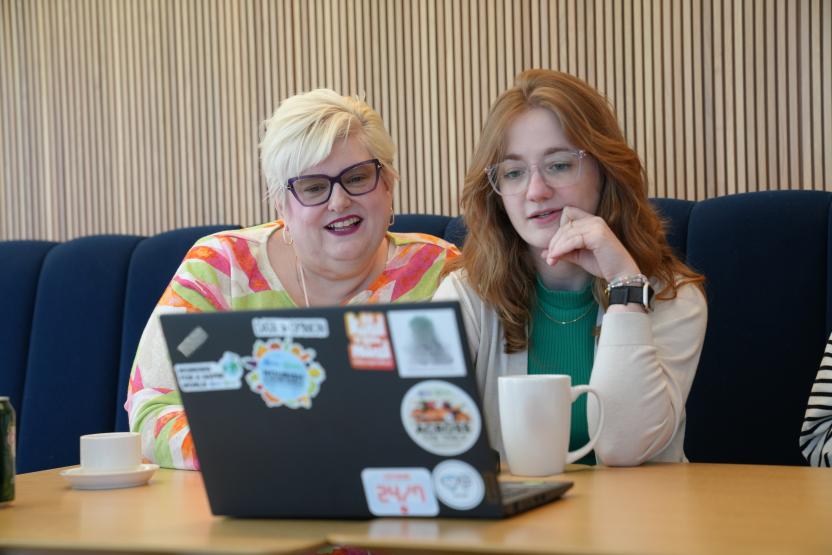ULSE is committed to enhancing the impact of its standards by incorporating inclusive language to ensure the content of our standards is representative of all users they impact, and to ensure we are providing an inclusive environment for the thousands of technical committee members and stakeholders participating in the development of our standards.
Our goal is for all existing UL standards to utilize inclusive language by 2030.
What is inclusive language?
We define inclusive language is a way of speaking and writing that seeks to eliminate words and terminology that could be discriminatory or perpetuates stereotypes in favor of language incorporating safety for all, regardless of demographics, social status, location, or other factors. Given the significant role of language in shaping cultural and social behaviors, the use of inclusive language in standards is a powerful way to re-emphasize that standards help assure safety, security, and sustainability for all.
Why change our approach?
We recognized the opportunities to account for inclusivity and diversity in various facets of our standards development, such as gender inclusivity. As it relates to inclusive language, the terminology used historically in standards reflected common dialogue in our culture. However, many of these common terms are being reconsidered for not being inclusive (e.g., use of the word “he” for a person) and/or for being rooted in things that are offensive (e.g., use of the words “master” and “slave” as related to controlling and responding functions).
By incorporating inclusive language across the standards portfolio, we are taking a more holistic approach to our commitment to diversity in our standards development process. We view diversity of perspectives, backgrounds, geography and other facets as being essential to advancing the safety capabilities of our standards – ensuring they remain relevant and impactful and have optimal technical rigor.
Further, inclusive language has the potential to provide greater accuracy by using terms that reflect social diversity and which may be translated more easily into other languages.
How are we implementing the change?
The process relies the participation and support of a multitude of internal and external stakeholder groups with direct and indirect involvement or are impacted by our standards and the development process.
We compiled a list of inclusive terms to compare against our catalog of published standards. This list references existing inclusive terminology guidance documents from industry leaders, expanded upon with input from internal participants providing additional examples from our standards of non-inclusive terminology. With our initial list of terms set, we identified more than 650 ULSE documents (51% of the portfolio) that contained potentially non-inclusive terminology.
Our next steps are to determine each term’s applicability in its current usage and determine whether a change is needed. As our work continues, we will publicly share the changes we make to any standard’s terminology along with the overall progress towards our goal. Updates will be periodically posted here on ULSE.org as this work progresses. Check back for updates, or follow our social media channels (LinkedIn and X) to learn when updates are posted and to follow our other work.
We recognize that this is iterative because of how terminology can change over time, so our work will remain flexible. We anticipate changes and adaptations will occur, and will incorporate these throughout our journey to achieving our 2030 mandate and beyond as we continue to evaluate inclusivity in our standards.
